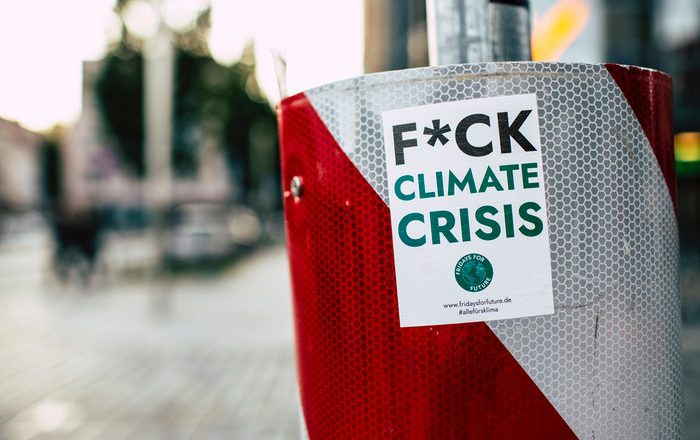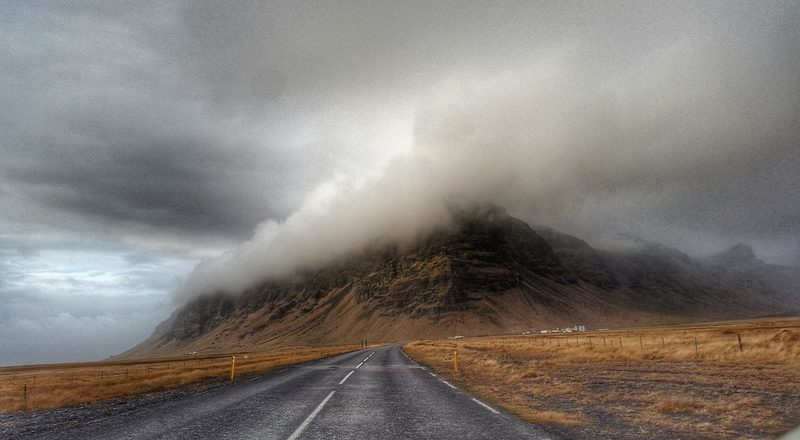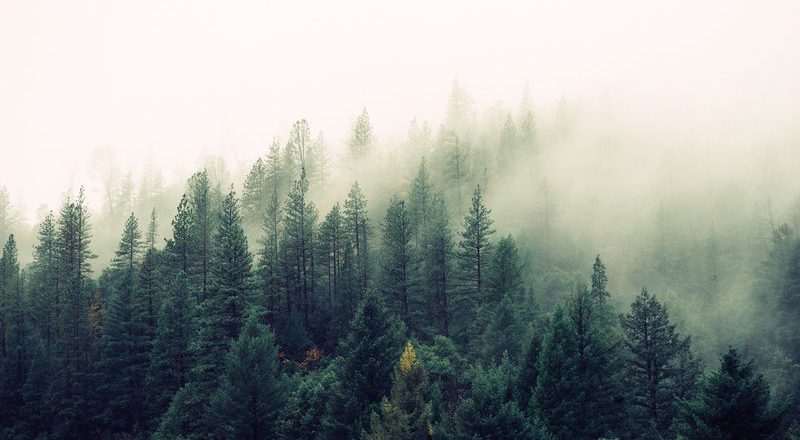Coping with Western wildfires: 5 essential reads
Intense wildfires are raging in California, Oregon and Washington state, spurring mass evacuations and leaving charred towns in their wake. A regional heat wave is keeping temperatures high and humidity low, creating difficult conditions for firefighters. These five articles from The Conversation’s archive explain what’s driving Western fires and how they’re affecting residents.
1. Welcome to the Pyrocene Age
Many factors have combined to create conditions for today’s epic wildfires, including climate change, land use patterns and decades of fire suppression.
Arizona State University emeritus professor Stephen Pyne, a historian of fire, argues that Earth may be “entering a fire age comparable to the ice ages of the Pleistocene, complete with the pyric equivalent of ice sheets, pluvial lak...







